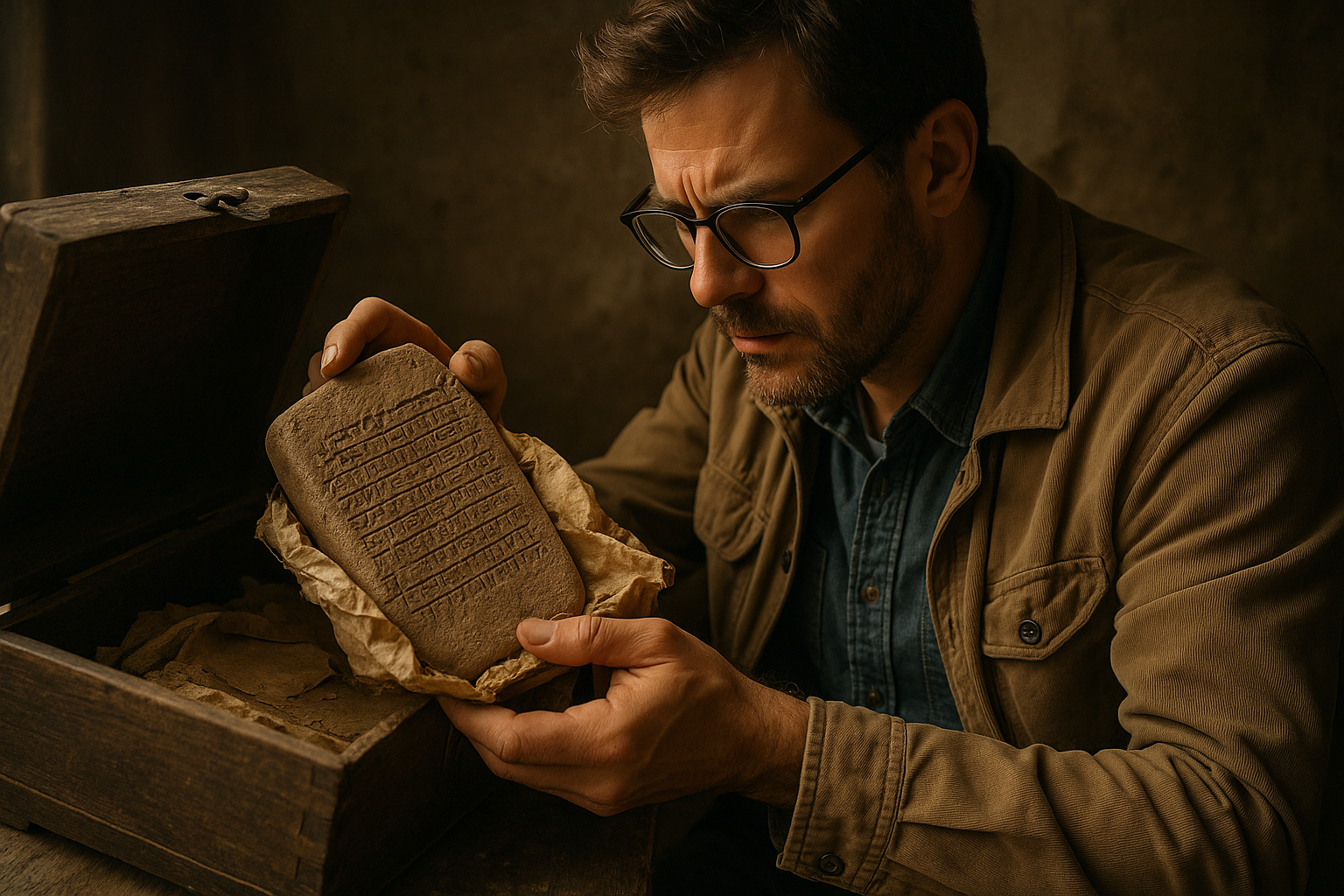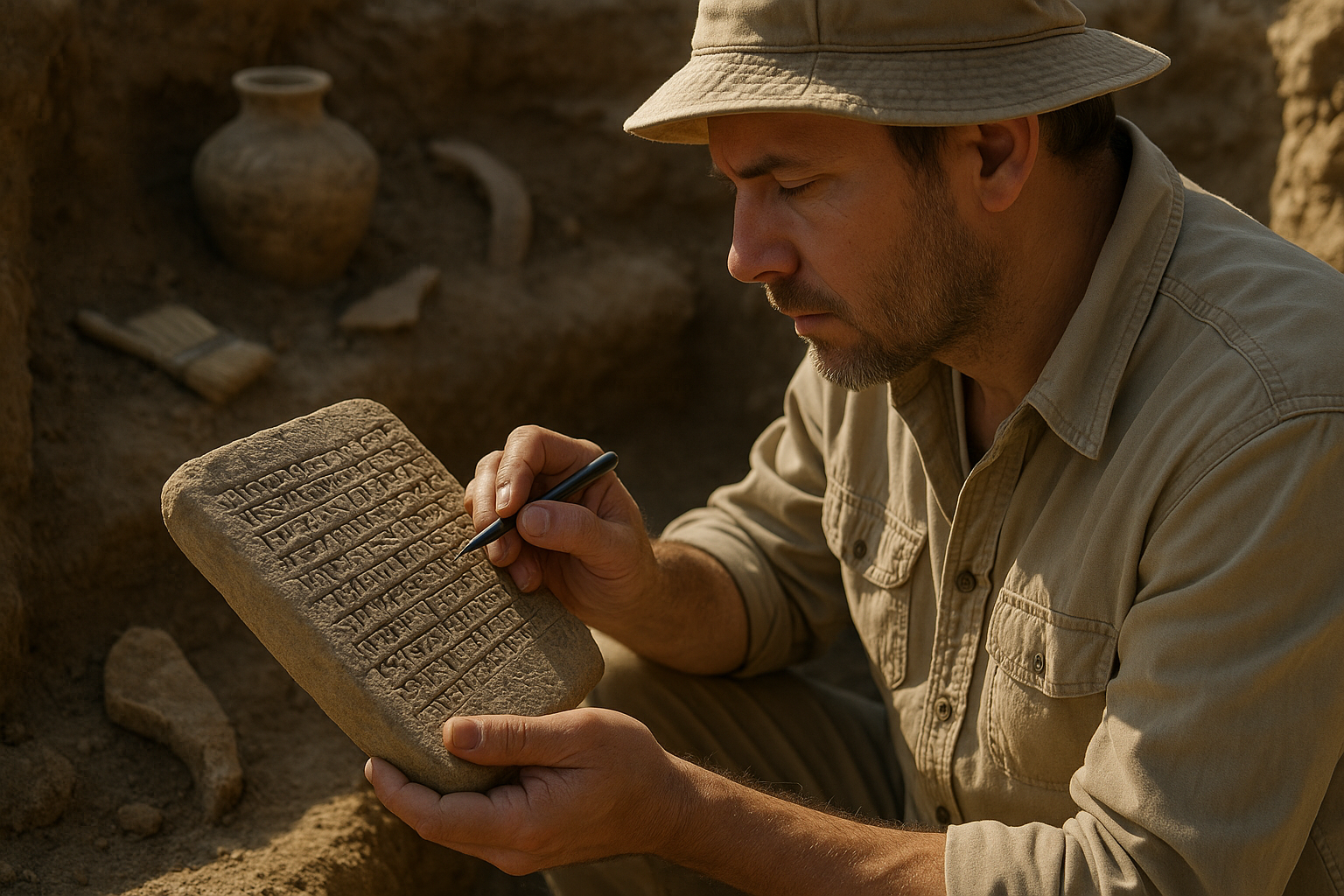The lost civilizations of Atlantis and Lemuria have captivated humanity for millennia, promising secrets of advanced knowledge hidden within their mysterious archives.
🌊 The Legendary Foundations of Two Lost Civilizations
Throughout history, whispers of two extraordinary civilizations have echoed through ancient texts, oral traditions, and esoteric teachings. Atlantis, first documented by the Greek philosopher Plato around 360 BCE, and Lemuria, theorized by 19th-century scientists and later adopted by mystical traditions, represent more than mere myths. These legendary lands allegedly housed repositories of knowledge that surpassed even our modern understanding of science, spirituality, and human potential.
The Atlantean archives, according to various sources including Plato’s dialogues “Timaeus” and “Critias,” were said to contain detailed records of technological achievements, astronomical observations, and philosophical wisdom accumulated over thousands of years. Meanwhile, Lemurian records, primarily discussed in Theosophical literature and metaphysical circles, supposedly documented the spiritual evolution of humanity and contained keys to unlocking dormant human abilities.
What makes these archives particularly fascinating is their alleged preservation methods. Ancient texts suggest that knowledge from both civilizations was encoded in crystals, inscribed on indestructible materials, or even transmitted through energetic imprints that transcend physical deterioration. This concept of imperishable wisdom resonates with modern discussions about data preservation and the longevity of information storage.
📜 Plato’s Account: The Original Atlantean Documentation
The story of Atlantis begins with Plato, who claimed his account came from Egyptian priests who had preserved records dating back 9,000 years before his time. According to these ancient sources, Atlantis was a naval power located beyond the “Pillars of Hercules” (modern-day Strait of Gibraltar) that possessed technology and wisdom far beyond contemporary civilizations.
Plato described Atlantean record-keeping as meticulous and comprehensive. The civilization allegedly maintained detailed chronicles of their conquests, scientific discoveries, and governmental proceedings. These records were said to be housed in temples and libraries constructed with materials unknown to the ancient Mediterranean world, featuring walls inscribed with metallic characters that gleamed in torchlight.
The content of these archives, as described in classical sources, included navigational charts covering unknown seas, agricultural techniques that produced abundant harvests, metallurgical processes for creating alloys of exceptional strength, and medical knowledge that extended human lifespan. Most intriguingly, the Atlanteans supposedly documented their understanding of energy manipulation, including the harnessing of a mysterious power source often referred to as the “firestone” or “great crystal.”
🗿 The Lemurian Legacy: Records of Spiritual Ascension
While Atlantis captured imaginations through Plato’s writings, Lemuria emerged from scientific speculation about a hypothetical land bridge that might explain the distribution of lemurs across Madagascar and India. However, the concept was transformed by Helena Blavatsky, founder of Theosophy, who identified Lemuria as the homeland of the third root race of humanity in her seminal work “The Secret Doctrine” published in 1888.
According to esoteric traditions, Lemurian archives differed fundamentally from their Atlantean counterparts. Rather than focusing on technological achievement, Lemurian records emphasized consciousness development, telepathic communication, and humanity’s connection to cosmic intelligence. These archives were allegedly not written in conventional language but encoded in symbols, sounds, and geometric patterns that could only be understood through intuitive perception.
The legendary Lemurian continent, sometimes called Mu, was said to span much of the Pacific Ocean. Its inhabitants supposedly developed sophisticated methods of information storage that transcended physical media. Some traditions speak of “akashic records” accessible through meditative states, crystalline memory banks that respond to specific vibrational frequencies, and teachings embedded within sacred sites that continue to emanate wisdom to those sensitive enough to receive it.
🔍 Archaeological Anomalies and Tangible Traces
Despite mainstream archaeology’s skepticism regarding Atlantis and Lemuria as historical civilizations, numerous anomalous discoveries have fueled continued speculation about advanced ancient cultures. These findings, while not definitively proving the existence of either civilization, suggest that pre-historical societies may have possessed more sophisticated knowledge than traditionally credited.
Underwater structures off the coasts of Japan (Yonaguni Monument), Cuba, India (Gulf of Khambhat), and the Bahamas (Bimini Road) have sparked debates about submerged civilizations. While geologists often attribute these formations to natural processes, their geometric precision has led some researchers to propose artificial origins. If authentic, these sites could represent remnants of coastal settlements from civilizations lost to rising sea levels at the end of the last Ice Age.
Consider these intriguing archaeological mysteries:
- The Antikythera Mechanism: A Greek analog computer from approximately 100 BCE demonstrating astronomical knowledge requiring sophisticated mathematical understanding
- The Baghdad Battery: Artifacts suggesting ancient peoples may have understood electrochemistry
- Göbekli Tepe: A Turkish megalithic site predating Stonehenge by 6,000 years, challenging assumptions about prehistoric civilization
- The Piri Reis Map: A 1513 map apparently showing Antarctica’s coastline before ice coverage, suggesting ancient geographical knowledge
- Precision stonework at Puma Punku and Sacsayhuamán: Megalithic constructions in South America featuring cuts and joints of extraordinary precision
💎 Crystal Technology and Ancient Information Storage
One of the most persistent elements in both Atlantean and Lemurian lore involves the use of crystals for information storage and energy manipulation. While this might sound like pure fantasy, modern science has validated the principle. In 2016, scientists at the University of Southampton successfully stored data in nanostructured glass, creating a “5D memory crystal” capable of surviving for billions of years at room temperature.
Ancient traditions describe similar technology employed by advanced civilizations. Edgar Cayce, the famous American psychic known as the “Sleeping Prophet,” provided detailed readings about Atlantean crystal technology during trance states in the early 20th century. He described massive crystals that served multiple functions: power generation, healing, communication, and data storage. According to Cayce, the misuse of these powerful crystals ultimately contributed to Atlantis’s destruction.
Lemurian teachings similarly emphasize crystalline technology, though with a more spiritual emphasis. Proponents of these traditions claim that certain natural crystals, particularly those found in specific locations like Arkansas or Brazil, contain encoded information from ancient times. They suggest these “seed crystals” were deliberately programmed by Lemurian adepts and hidden in locations where they would later be discovered by spiritually awakened individuals.
📚 The Hall of Records: Gateway to Ancient Wisdom
Perhaps the most tantalizing aspect of Atlantean-Lemurian mythology is the supposed existence of preserved archives—physical repositories where the accumulated knowledge of these civilizations awaits rediscovery. The most famous of these is the fabled “Hall of Records” allegedly buried beneath the Egyptian Sphinx on the Giza Plateau.
Edgar Cayce made specific predictions about this Hall of Records, stating it contained documentation of Atlantean history, technological specifications, and prophecies about humanity’s future. According to his readings, Atlantean survivors transported these records to three locations: Egypt, the Yucatan Peninsula, and somewhere in the Atlantic near Bimini. Various expeditions have sought these archives, though conclusive evidence remains elusive.
Similar traditions exist regarding Lemurian archives. Mount Shasta in California features prominently in these accounts, with legends describing a hidden city called Telos within the mountain where Lemurian descendants preserve ancient wisdom. While no archaeological evidence supports these claims, the mountain remains a pilgrimage site for spiritual seekers convinced of its mystical significance.
🌐 Modern Interpretations and Scientific Perspectives
Contemporary scholars approach Atlantean and Lemurian narratives from various angles. Historians generally view Plato’s Atlantis as a philosophical allegory—a cautionary tale about hubris and the dangers of imperial ambition rather than a historical account. The detailed description served pedagogical purposes, illustrating Plato’s ideas about ideal governance and the consequences of moral degradation.
Geologists note that significant portions of coastal lands were indeed submerged as Ice Age glaciers melted between 20,000 and 7,000 years ago, raising sea levels by approximately 120 meters. This catastrophic flooding likely destroyed numerous coastal settlements and could have inspired flood myths found across cultures, from Noah’s Ark to the Epic of Gilgamesh. Some researchers, like Graham Hancock, propose that a sophisticated maritime civilization existed during this period and was largely erased by these cataclysms.
From a psychological perspective, Carl Jung might interpret Atlantean and Lemurian myths as archetypal narratives emerging from humanity’s collective unconscious—symbolic representations of lost wholeness and the quest for hidden knowledge that resonates across cultures and eras.
🧬 Genetic Memory and Inherited Wisdom
An intriguing modern theory attempting to explain why Atlantean and Lemurian “memories” persist across cultures involves epigenetics and genetic memory. Recent scientific research demonstrates that traumatic experiences can indeed alter gene expression in ways that may be passed to subsequent generations. Could cultural memories of catastrophic floods and lost civilizations be encoded in humanity’s collective genetic inheritance?
This concept aligns with Indigenous traditions worldwide that speak of ancestral knowledge accessible through specific practices. Aboriginal Australians reference “Dreamtime” containing timeless wisdom, while various shamanic traditions describe accessing information from ancestors through altered states of consciousness. Whether interpreted literally or metaphorically, these traditions suggest that knowledge from previous eras might be preserved through non-conventional means.
⚡ The Cautionary Elements Within the Myths
Both Atlantean and Lemurian narratives contain warning elements particularly relevant to contemporary society. The Atlantis story culminates in destruction caused by the civilization’s moral decline, technological overreach, and attempt to conquer neighboring peoples. Plato explicitly framed this as a moral lesson about the corruption of ideal societies when they prioritize power over wisdom.
Lemurian teachings similarly emphasize that the civilization’s downfall resulted from spiritual complacency and the misuse of natural forces. These cautionary themes resonate powerfully in our current era of climate change, nuclear capability, artificial intelligence development, and genetic engineering. The myths serve as reminders that technological advancement without corresponding ethical evolution poses existential risks.
🔮 Accessing the Archives: Methods and Practices
For those drawn to these mysteries, various traditions offer methods purportedly for accessing Atlantean and Lemurian wisdom. Meditation practices focusing on the “third eye” or pineal gland supposedly enhance intuitive reception of ancient knowledge. Crystal meditation, particularly with specific stones like quartz, moldavite, or labradorite, is recommended in New Age circles for connecting with these energies.
Visiting sites associated with these civilizations—whether the Giza Plateau, Mount Shasta, Sedona, or various Pacific islands—is considered by believers to facilitate direct transmission of preserved information. The practice of “past life regression” through hypnotherapy claims to access memories of incarnations in these ancient lands, providing personal insights into their cultures and teachings.
More practically, studying ancient wisdom traditions from cultures worldwide—Egyptian mysteries, Vedic knowledge, indigenous shamanic practices, and Hermetic philosophy—may offer genuine connections to sophisticated understanding developed by our ancestors, regardless of whether specific civilizations of Atlantis or Lemuria existed as described.
🌟 The Enduring Power of Lost Civilization Narratives
Why do these stories maintain such powerful holds on human imagination? Beyond potential historical kernels, Atlantean and Lemurian myths fulfill deep psychological and spiritual needs. They suggest that humanity once achieved greatness, implying we possess untapped potential waiting to be reclaimed. They offer hope that solutions to contemporary problems might be found in recovered ancient wisdom rather than requiring entirely new innovations.
These narratives also provide alternative historical frameworks that honor intuitive and spiritual ways of knowing alongside rational scientific methods. In an age where many feel disconnected from meaning and purpose, the idea of ancient archives containing profound truths offers a quest worth pursuing—whether literally or symbolically.
The persistence of these myths across generations, their appearance in diverse cultures, and their continued relevance suggest they serve functions beyond simple entertainment. They encode values about sustainability, spiritual development, the proper relationship between humanity and nature, and warnings about the consequences of hubris. Whether the civilizations existed in exactly the forms described matters less than the wisdom embedded within their narratives.

🔭 Looking Forward: Integrating Ancient Wisdom with Modern Knowledge
The true value of exploring Atlantean and Lemurian archives—whether literal or metaphorical—lies in their potential to inform contemporary challenges. Ancient wisdom traditions consistently emphasize interconnection, long-term thinking, respect for natural cycles, and the development of inner capacities alongside external technologies. These principles offer correctives to modern tendencies toward fragmentation, short-term profit maximization, environmental exploitation, and exclusive focus on material advancement.
As we develop increasingly powerful technologies from artificial intelligence to genetic engineering, the cautionary elements within these ancient myths become more relevant. The alleged downfall of both civilizations through misuse of powerful forces provides a framework for considering how we manage our own capabilities responsibly.
Whether physical archives from advanced ancient civilizations await discovery beneath desert sands, ocean waves, or mountain peaks remains uncertain. What is clear is that humanity’s quest for lost wisdom reflects our deepest aspirations to understand our origins, fulfill our potential, and avoid repeating catastrophic mistakes. The mysteries of Atlantean and Lemurian archives continue calling us toward that exploration, inviting integration of ancient insights with modern understanding to create a wiser future. The greatest archive may ultimately be the collective wisdom accessible when we learn to listen—to the earth, to each other, and to the quiet knowing within ourselves that connects us to all who came before.
Toni Santos is a temporal researcher and symbolic archaeologist specializing in the study of forgotten burial systems, sacred archival practices, and the visual languages embedded in ancient temporal lore. Through an interdisciplinary and artifact-focused lens, Toni investigates how humanity has encoded knowledge, memory, and mystery into the temporal world — across cultures, rituals, and vanished civilizations. His work is grounded in a fascination with time capsules not only as vessels, but as carriers of hidden meaning. From extinct burial ritual practices to mythical codices and secret temporal seals, Toni uncovers the visual and symbolic tools through which cultures preserved their relationship with the temporal unknown. With a background in design semiotics and temporal artifact history, Toni blends visual analysis with archival research to reveal how time capsules were used to shape identity, transmit memory, and encode sacred knowledge. As the creative mind behind eltonxy, Toni curates illustrated chronologies, speculative temporal studies, and symbolic interpretations that revive the deep cultural ties between artifacts, ritual markings, and forgotten messages. His work is a tribute to: The lost temporal wisdom of Forgotten Time Capsule Burial Rituals The guarded archives of Sacred Codices and Forgotten Temporal Archives The mythopoetic presence of Temporal Symbols and Ritual Markings The layered visual language of Vanished Artifacts and Temporal Messages Whether you're a temporal historian, symbolic researcher, or curious gatherer of forgotten chronological wisdom, Toni invites you to explore the hidden roots of time capsule knowledge — one seal, one glyph, one message at a time.




